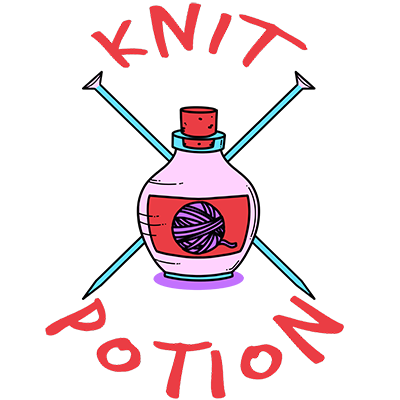Don’t you just love to see people knitting in unexpected places? Thanks to news aggregators and sites like Pinterest, images of knitting in extremis are increasingly easy to find. Especially if you look for them. Which I do.
It’s not just that I’m curious about when and where people knit or that I like the odd sense of community such images provide. I also like to be reminded that people reach for knitting when they’re stuck in the hard middle. Across history and across cultures, the idea that knitting can help you make it through to the other side appears over and over again.
This man is a maximum-security prisoner in a Brazilian jail (click on the picture for the news article):
These women of the Free French ambulance corps are knitting on the Italian front in 1944:
There are many similar images of soldiers knitting—each moving in its way. These American troops are knitting as they recover at Walter Reed in 1918:
This soldier is knitting on a military flight during the Korean War in 1953 (sorry, no link for this one):

Here is a group of soldiers knitting at Victoria Base Camp in Baghdad a few years ago:
Knitting your way through to the other side happens in the most mundane circumstances as well, of course. Here are people stuck in the New York City subway during the Blizzard of 1947. The knitting lady and her friend definitely seem to be having the best time:
Here is a woman waiting for Zara Phillips’ royal wedding procession to pass in 2011:
And here’s a guy stuck in traffic:
All these people know that knitting helps. But why does it help? No photo raises the question more strikingly than this one from 1947 of a woman knitting in the middle of the ruins of Berlin.
Why? What could she be thinking? The thing is knitters know the answer. In our hearts we know exactly why she’s knitting. But wouldn’t it be fascinating to understand more about why it does us so much good?
At last year’s Vogue Knitting Live in Chicago, Stephanie Pearl McPhee gave the keynote talk, “This Is Your Brain on Knitting.” It was about exactly this sort of thing. She talked about everything from “the relaxation response” (described by Dr. Herbert Benson), to brain chemicals, to the implications of the idea that the body prioritizes what it sees and feels. She explained that when you touch something, your brain has to shift its focus to the input from touching, which can lessen input from the other senses (such as internal indications of pain). So knitting and other tactile pursuits are good ways to manage chronic pain. They put what you see and feel above what’s going on inside your body.
This was all interesting, but the most fascinating part of the talk had to do with the results of a study done at Cambridge. The study set up three groups of people and asked them to watch the film of a traumatic event (car crash videos, as it happened). One group did nothing while it watched. One group of participants talked to each other while they watched. And one group did a simple, repetitive task (like hitting one key and then another on a keyboard) while it watched.
The researchers then measured the degree to which the different groups were traumatized. As it turned out, the group least traumitized was the group working through the repetive task. The group most traumitized was the group that talked. The group that only watched the videos was in the middle.
Researchers theorized that we have two brains—not the right and left, but the reptilian brain (known as the brain stem) and the cerebral cortex (what we think of when we picture the brain). The reptilian brain’s job is survival: I will live, or I will die. The cerebral cortex’s job is reasoning: it thinks its way through situations.
Repetive tasks calm the reptilian brain. So the panicky part of the brain was kept busy with the keyboarding, and the people in that group could use their reasoning brains to realize that what they were seeing was a horrible thing but that they were not personally theatened by it. Talking to others uses the cerebral cortex, so the group that was talking had their reasoning brains engaged while their reptilian brains were reacting in panic.
So . . . the reseachers decided that people who use worry beads or rosaries (or who knit!) have always known what they were doing—calming themselves through stress with a repetitive task. Apparently, at the end of the study, as they were speculating about how to use the information they’d discovered to help people, the researchers joked that it was unfortunate that people couldn’t carry “emergency knitting” with them. Someone should have shown them the photo of the woman in Berlin.









You could do a whole series of people knitting in hospital waiting rooms 🙂 I finally got around to frogging the project(s) I tried to work on while Jay was having his brain surgery. I don’t know what I was thinking, I made a mess out of them and blew out my thumb joint because I had a death grip on my hooks and needles! It did give me something to do to pass the time.
Oh, Cari! XOOO
Oh wow…..I didn’t know that I was calming my reptilian brain! I must have a whole alligator in there. Spinning …. Hmmmmmm …. Well, of course it does the same thing. It’s repetitive, soothing, twirling, soft. That explains a whole lot.
Hahaha! I’m with you on the alligator, Pam. And YES about spinning doing the same thing!!!